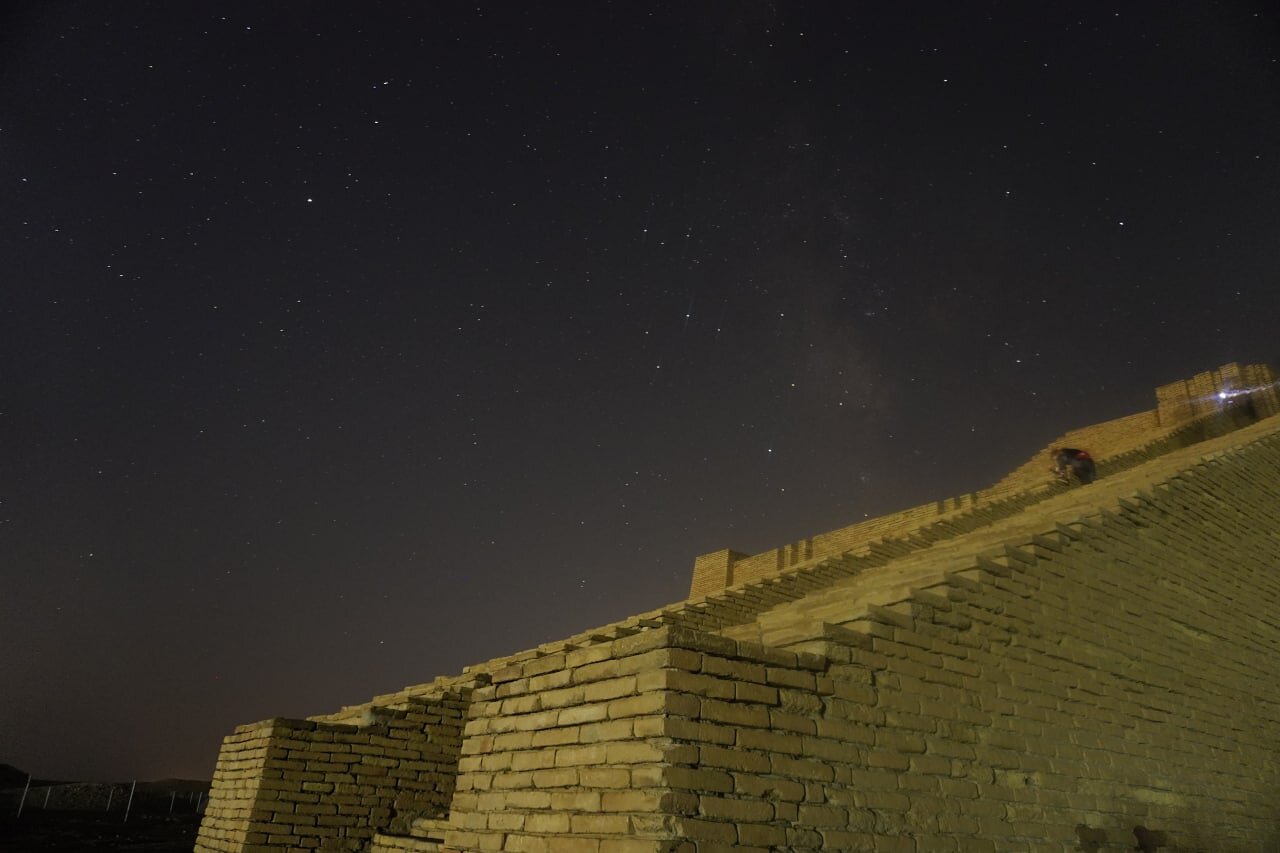- News
- Science
- Scientific Bodies
- Divisions
- Commissions
- Commission A1 Structure
- Commission A2 Structure
- Commission A3 Structure
- Commission A4 Structure
- Commission B1 Structure
- Commission B2 Structure
- Commission B3 Structure
- Commission B4 Structure
- Commission B5 Structure
- Commission B6 Structure
- Commission B7 Structure
- Commission C1 Structure
- Commission C2 Structure
- Commission C3 Structure
- Commission C4 Structure
- Commission D1 Structure
- Commission E1 Structure
- Commission E2 Structure
- Commission E3 Structure
- Commission E4 Structure
- Commission F1 Structure
- Commission F2 Structure
- Commission F3 Structure
- Commission F4 Structure
- Commission G1 Structure
- Commission G2 Structure
- Commission G3 Structure
- Commission G4 Structure
- Commission G5 Structure
- Commission H1 Structure
- Commission H2 Structure
- Commission H3 Structure
- Commission H4 Structure
- Commission J1 Structure
- Commission J2 Structure
- Commission J3 Structure
- Commission X1 Structure
- Commission X2 Structure
- Past Commission Organising Committees
- Working Groups
- Centres
- Scientific Meetings
- Rules & Guidelines
- General Assemblies
- Meeting Proposals
- Future IAU Meetings
- General Assemblies
- EC Meetings
- Officers' Meetings
- Regional Meetings
- Symposia
- Focus Meetings
- Institutional Meetings
- IAU Offices Meetings
- IAU-Sponsored Meetings
- Letters of Intent submitted for 2024
- Letters of Intent submitted for 2023
- Letters of Intent submitted for 2022
- Letters of Intent submitted for 2021
- Letters of Intent submitted for 2020
- Past IAU Meetings
- Templates
- Other Meetings
- Grants & Prizes
- Scientific Bodies
- Publications
- IAU Publications
- IAU Strategic Plan
- Symposia
- WGSBN Bulletins
- Regional Meetings
- Information Bulletins/Catalyst
- E-Newsletters
- Focus Meetings
- Transactions A
- Transactions B
- Related Publications
- GA Newspapers
- CAPjournal
- IAU Books
- Brochures
- IAU Offices
- WG Reports
- Commission Reports
- Division Reports
- Past IAU Publications
- Rules, Guidelines and Instructions for Proceedings
- Publishers
- IAU Publications
- Administration
- About the IAU
- Statutes & Rules
- IAU Policies
- IAU Executive Bodies
- IAU Secretariat
- Resolutions
- Members Administration
- Administrative Dates & Deadlines
- International Organisations Relations
- Donate to the IAU
- Training in Astronomy
- Astronomy for Education
- Astronomy for Development
- Astronomy for the Public
- Office for Astronomy Outreach
- FAQ
- Themes
- Satellite Constellations
- Astronomy in Everyday Life
- How to Report a Discovery
- Careers in Astronomy
- Defining our Place in the Cosmos
- The Constellations
- Light Pollution
- Measuring the Universe
- Near Earth Objects
- How to Participate in Astronomy Research
- Naming of Astronomical Objects
- Naming of Exoplanets
- Buying Star Names
- Naming Stars
- Pluto and the Solar System
- IAU Member Statistics
- Our Moon: the Moon
- Meteors & Meteorites: The IAU Definitions of Meteor Terms
- UNESCO-IAU Portal to the Heritage of Astronomy
- Social Media
- Past Events
- Call for Online Resources
- Astronomy@Home Awards
- Contact
Galaxy Arm
Image title: Galaxy Arm
Author: Ruqayah Mohammed
Country: Iraq
Taken from the south of Iraq in January 2022, this image shows a clear sky over one of the many ancient monuments in the region which looks like a Babylonian ziggurat. The Sumerians had invented these mountain-like buildings even before the invention of script; the earliest ziggurats appear around 4000 years before the common era. They look like the frustum of a pyramid and in Babylonian times often had temples on top. Next to the stairs of the ziggurat are the constellations of the southernmost part of the Zodiac, also invented in Babylon. Today, we call them Capricorn (left, with a planet in it) and Sagittarius, whose brightest stars form the asterism of the Teapot. For the Babylonians, Sagittarius was the god Pabilsang, the city god of Larak and a god of agriculture and war. He was also the husband of the mighty goddess of medicine, Gula, and his iconography is a hybrid creature holding a bow and arrow: a male human torso and head attached to the body of a horse with four legs, two gigantic wings and two tails — a horse tail and a scorpion tail. Such a creature did not exist in Greek mythology, so the Greeks reduced it to something they knew, a centaur holding a bow and arrow. This picture still did not make sense in Greek culture because centaurs were considered wild and cruel, and not intelligent enough to use a bow and arrow. Therefore, there was another Greek figure that existed simultaneously: a man with hooves instead of feet at the ends of his legs, a satyr, but this figure vanished in Roman times.
Capricornus is one of the most stable foreign creatures in the Zodiac and has been unchanged over millennia. It is depicted as a hybrid creature with the front part of a goat and the back part of a fish. This so-called Goat-Fish constellation has been recognised since the earliest writings of astronomy in Babylon. In Babylonian religion it is a good-natured, benevolent demon that protects humans, supports all healing processes and accompanies the god of wisdom and witchcraft. The Greeks simply adopted it and invented a saga for it. In Roman times, it became tremendously famous because emperor Augustus of Rome used it as his personal symbol, also imprinting it on coins and other political propaganda tools.
In Sagittarius, there is also the bright bulge of the Milky Way. That this is hardly visible in this photograph is a result of modern civilization; the huge number of artificial lights that we use on Earth also illuminates the night sky and makes it impossible to see the Milky Way in areas where humans live.
Also see image in Zenodo: https://doi.org/10.5281/zenodo.7425607
Credit:
Ruqayah Mohammed/IAU OAE
